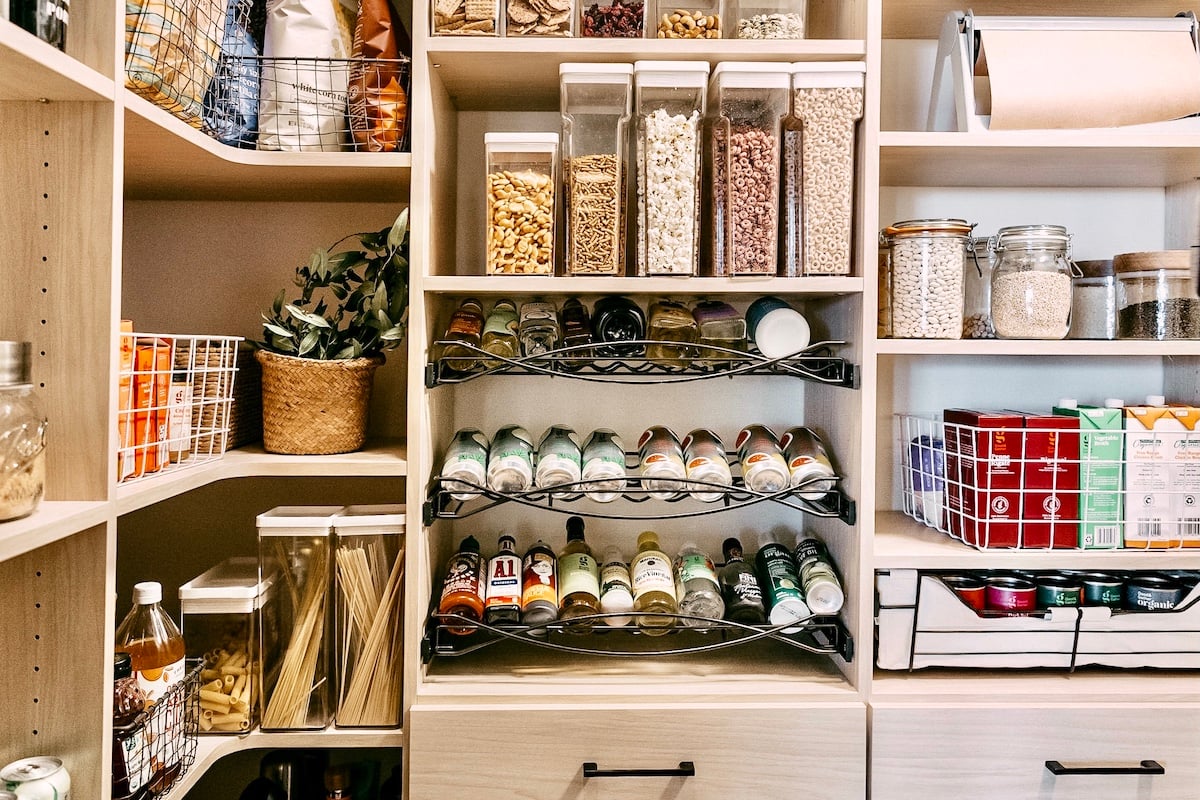How to Remove Mold From Books (and Prevent It From Coming Back)
Given the health risks associated with mold, it’s not something you want in or near your home. Unfortunately, flooding, humidity, and/or improper storage can result in mold growing on basically anything we own—including our books.Read more...


Photo: Rick Beauregard (Shutterstock)
Given the health risks associated with mold, it’s not something you want in or near your home. Unfortunately, flooding, humidity, and/or improper storage can result in mold growing on basically anything we own—including our books.
Health concerns aside, mold can stain the pages of books, causing them to fall apart, and giving them that unmistakable musty smell. And once mold starts growing on one book, if you don’t remove it, it will likely spread to others in your collection. Here’s how to spot, remove, and prevent mold growth on your books.
What does mold look like on books?
Some of the most common signs of mold growth on books includes:
Fuzzy growth (in any color)White, stringy filaments covering porous surfacesEvidence of past water damageDark spots or stainsMildew growing on a book can look like a patch of spots, or a layer of flaking powder (usually white, black, or gray) covering the pages of a book, or its surface.
How to remove mold from books
Unfortunately, once mold grows in or on a book, there’s nothing you can do at home to get rid of it entirely, and guarantee that it doesn’t return. According to the American Library Association (ALA), the best thing you can do is to freeze the moldy book(s) (putting them in a sealed freezer bag first), and then rubbing down the moldy spots with alcohol.
G/O Media may get a commission
How to prevent mold from growing on books
The key to preventing mold growth on books is keeping them somewhere less-prone to humidity. This means avoiding basements, closets, and storing them against an outside wall of the house. You’ll also want to control the humidity in the room where they’re stored as much as possible. Running a dehumidifier as well as a fan (to promote air circulation) will help.

 Fransebas
Fransebas 































